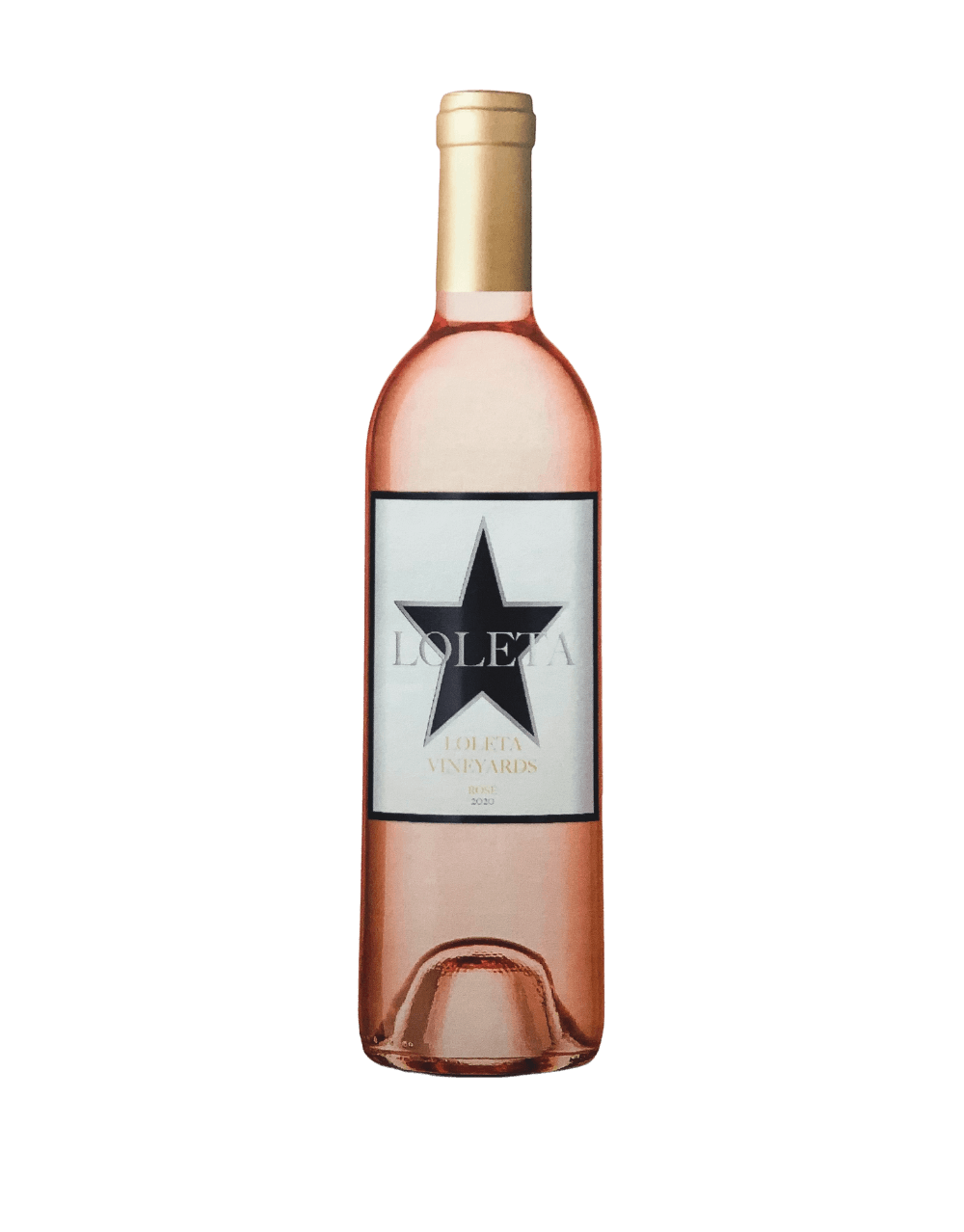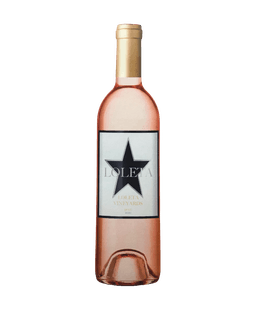HOME/Wine/Rose Wine



loleta vineyards central coast rosé
Product Detail
Category
Wine
ABV
12.9%
Country
UNITED STATES
About
5.0
5.0
3 years ago
I WOULD BUY THIS PRODUCT AGAIN!
Refreshing Taste!
By: Sally the Model



Category
Wine
ABV
12.9%
Country
UNITED STATES
5.0
3 years ago
I WOULD BUY THIS PRODUCT AGAIN!
Refreshing Taste!
By: Sally the Model
